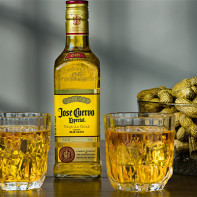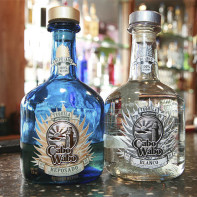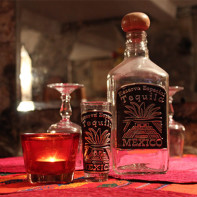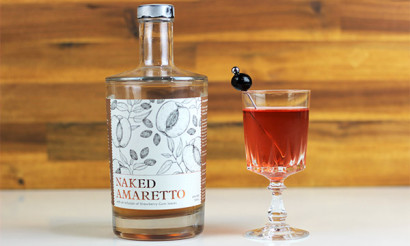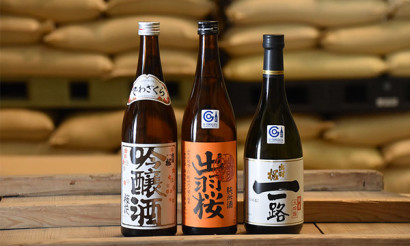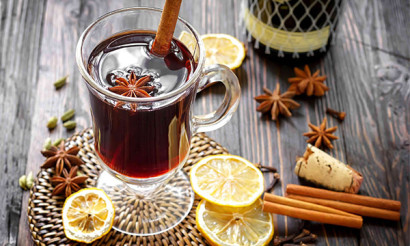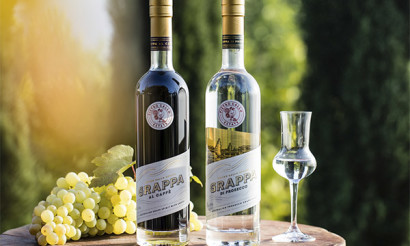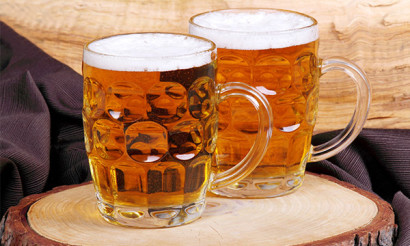How to drink tequila properly
Tequila, a drink made from blue agave, did not immediately gain strength and popularity. For a long time it was produced and consumed only in Mexico, but then it quickly gained world fame. Famous tequila brands appeared, original marketing tricks were invented to raise the sales level, which led to a victorious march of the drink through bars in European countries.
- What is tequila
- History of the drink
- Types
- Famous Brands
- Sauza
- Sierra
- Leyenda del Milagro
- Agavita
- Tequila 1921
- Tres Sombreros
- Patron
- Rancho Viejo
- Rancho Alegre
- Jose Cuervo
- Composition and calories
- How to drink tequila properly
- Classical method
- Mexican Style Tequila
- What to make for a snack
- How to drink tequila in Mexico
- Tequila Cocktails: Recipes
- Tequila Sunrise
- Tequila Boom
- Margarita
- Benefits and Harms of Tequila
What is tequila
If we stick to a strict definition, only a strong alcoholic beverage has the right to be called tequila. It is made from the juice of the blue agave by fermentation and distillation in one of the 5 states of Mexico. The other types are not recognized as true tequila, which is enshrined in the relevant set of standards.
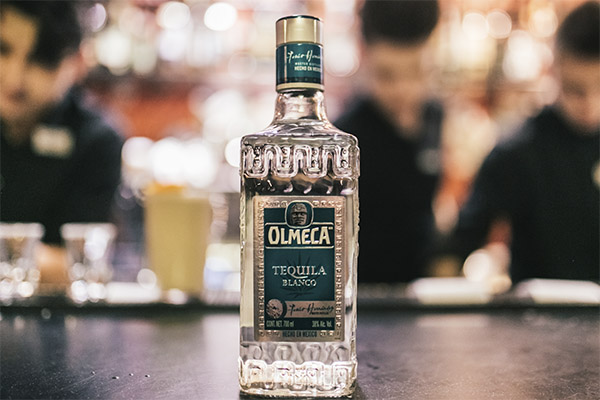
History of the drink
The original name was oakley, then mescal, but neither type was to the liking of the conquistadors who arrived in the country. They were used to much stronger drinks and applied their distillation system to the local variety, which greatly increased the alcoholic degree. But even this variant went unnoticed. It was produced in small quantities, and it was impossible to buy it outside of Mexico. This went on until the 17th century, when the first factory was opened and production took on an industrial scale. The agave drink gradually became an export product.
In 1758 the Cuervo family bought land to grow agave. The choice came to the town of Tequila. Within 30 years, the family had launched production on local raw materials from their plantation and received permission to sell the drink. The name was given after the town and it successfully stuck.
The specific taste was not to the liking of the inhabitants of other states, the sales volume remained very small. The export shipment of tequila was met with almost indifference by Americans. This situation persisted until the beginning of the nineteenth century, when the drink won a special prize at the World's Fair.
The next step was truly ingenious. In order to attract customers' attention to the alcoholic novelty, the producers placed a worm in each bottle, but not a simple one, but one that lived only in the agave. They achieved two goals: they created a recognizable brand and got rid of a fair share of crop-damaging pests. This additive also served as an indicator of the quality of the drink. In the original varieties the worm stayed intact, while in the fake or low-quality beverage it started to dissolve.
The real world fame came to tequila in the middle of the XX century. In 1978, Mexico legislated the name as intellectual property and began jealously guarding the quality of the beverage produced, severely punishing imitators of the brand.
Types
The basic division goes into two groups. One includes types made only from agave juice without additives, while the other includes drinks with cane sugars and corn syrup. The next gradation provides for the ageing period. This is used to define these types of tequila:
- white, not aged, just produced;
- young, which is colored with special dyes;
- Gold, which is also tinted to resemble older versions;
- rested, matured for two to one year;
- vintage, which is 12 to 36 months old;
- Extra-aged, produced from 100% juice and more than 3 years old.
Famous brands
Real tequila is only made in the 5 states of Mexico, with each brand having its own distinctive characteristics.
Sauza
Has a soft, caramel flavor with a long, multifaceted aftertaste and is considered one of the most popular for making cocktails and drinking pure. It has six varieties, differing in ageing and flavor nuances.
Sierra
Peculiarity of the production consists of the use of raw agave cones. The production began in 1982, the recipe is unique, double and triple distillation is used to improve the quality and strength. It has four varieties. The most mature, Milenario, is divided into 6 varieties. The price for a 0.7 liter bottle varies from 1200 to 2500 rubles, depending on strength and aging period.
Leyenda del Milagro.
Includes 7 varieties, which have a bright flavor personality:
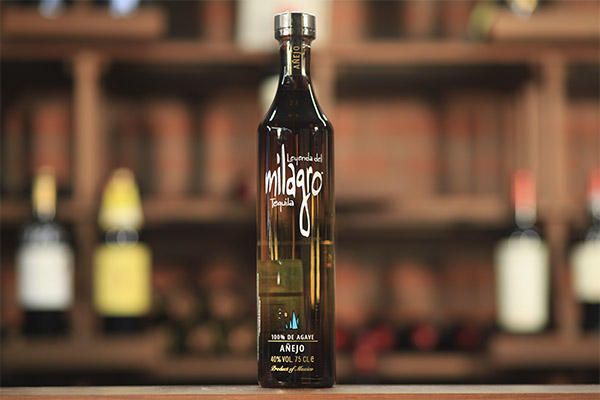
- Silver is distinguished by its clarity and subtle flavor, bottled immediately after production, not aged.
- Reposado surprises with nutty-honey notes with a touch of exotic fruit, vanilla and cinnamon in the aftertaste.
- Anejo after 2 years of aging in oak barrels acquires a refined golden color, recommended for drinking pure, to fully enjoy the combination of chocolate, coconut and a noble tobacco trail.
- Reserve Siler with a perfect balance of agave and lemon with a hint of spicy herbs. It is aged for 30 days.
- Reserve Reposado is aged for longer, up to 6 months, acquiring the aroma of vanilla and cognac.
- Reserve Anejo rests for up to 2 years after distillation, it has a dark deep color and a complex mixture of tobacco and vanilla aromas.
- Unico II is a blend of several varieties, appreciated for its complex flavor and persistent aromas of fruit and spice.
Agavita .
Distinguished by its light hue, all varieties have pepper notes in the taste with a long, warm wave of aftertaste. It is considered a model of a traditional drink. Recognized leaders of the brand:
- Blanco;
- Gold;
- Anejo;
- Platinum.
The average cost per bottle is 2,000-3,800 rubles.
Tequila 1921
Created in honor of the Mexican Revolution. It has three varieties according to the time of aging. It is produced according to ancient technologies using only natural ingredients. According to a legend, the Tequila casks were found, the age of which exceeded 60 years. The taste characteristics of the found drink became the benchmark.
Interesting: Three creamy liqueurs are made based on this brand.
Tres Sombreros.
The brand is produced in the state of Jalisco, has many awards, the label shows an eagle and 3 national headdresses, sombreros. The alcohol content of the agave drink is 81%. There are five varieties with an alcohol level of 38%. The cost of a bottle reaches 3500 rubles. Officially the brand was registered in 1974.
Patron
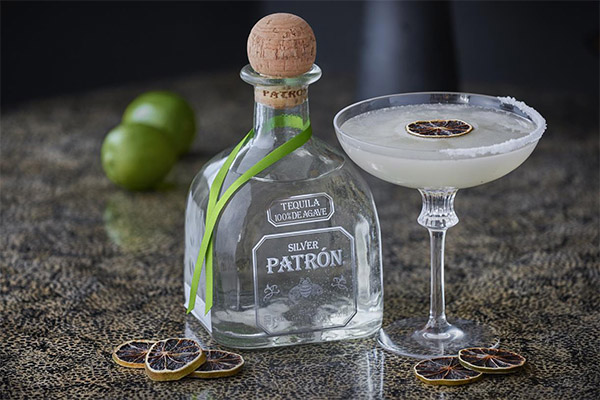
The brand is characterized by a large number of varieties, a handmade production method, high quality and the same price. The price per bottle of 4,000 rubles for an ordinary unaged variety is considered quite acceptable. The elite Gran Burdeos, resting in wine barrels, is offered for sale for 65 thousand. Despite the high price point, demand often exceeds supply.
Rancho Viejo.
There are two types of the drink. The younger Silver has a bright, tart flavor. The Gold has got golden color and soft warm hints in taste that was especially appreciated by the ladies, saving a slice of orange with a light sprinkle of cinnamon for the drink.
Rancho Alegre.
This recipe was created just 20 years ago, but it has already earned the love and respect of connoisseurs. The production technology presupposes at least 2 days raw material aging in an autoclave with a fixed temperature of 70-80 degrees. The resulting juice ferments for 10 days, turning into wine, from which tequila is obtained after double distillation. It necessarily undergoes a rest period of at least a year in barrels. The strength is reduced from 50% to 38. The liquid is bottled with a distinctive label with the seal of the quality standard and indication of the place of production.
Jose Cuervo
The best known and oldest brand, a winner of many international and world class exhibitions. It has a particularly mild taste and is made from two varieties of agave, respecting ancient techniques. The first bottle of this recipe was offered for sale in 1800. To this day, the brand is synonymous with the quality of the drink.
The brands are also well known and recognizable:
- Cazadores;
- Messicano Alteno;
- Camino Real;
- Olmeca;
- Loquita;
- Espolon;
- Erradura;
- Ley 925;
- Azteca.
Composition and calories.
Tequila is made from agave juice, with specific sugars in it. Only part of it is converted during fermentation, and in the mix kinds other kinds of syrups are added on purpose. So there are carbohydrates in a small amount, up to 17.02%, in the drink. The caloric value per 100 grams is 231 kcal. In weight control programs, it is worth considering whether enjoying the drink is worth the retreat from the chosen course or whether it is better to allow yourself only 1 serving for the sake of an aesthetic and gustatory feast.
How to drink tequila properly
This type of alcohol is quite young compared to the respected and vintage cognacs, wine or the popularly beloved moonshine. Nevertheless, the Mexicans made an effort for the traditional kind and not only put a worm in the bottle, raising the consumer interest and demand, but also developed a whole system of rules of tequila drinking. And bars in other countries have supplemented them.
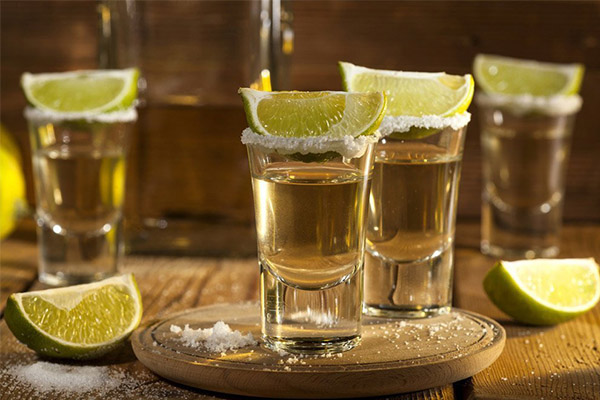
Tequila is mixed into cocktails, drunk in a shot without snacks or additives, or sipped leisurely in the manner of expensive whiskey. The method of drinking depends on the type and level of quality of the drink. The low-grade ones have a harsh taste and give you a bad hangover. No matter how you snack on them, the result will not be the best. Elite varieties are another matter. There it is worth taking into account all the subtleties of consumption for full disclosure of flavor.
The classical method
It is well known from movies and implies the obligatory presence of salt and a slice of lime on the table. This method balances the taste, often used in youth circles, where participants are limited in means and choose a medium quality drink. Procedure:
- Sprinkle a little salt on the outside of the palm near the thumb;
- lick it off sharply;
- drink tequila in a gulp;
- Lick a juicy lime with pleasure;
- enjoy the aftertaste.
Mexican Tequila
Only the 100% agave juice type, aged for at least 6 months, is recognized in the country. It has a golden amber hue and the flavor has already opened up and gained depth. It is served in tall, thin shot glasses. You need to drink just a little bit and trace the path of the liquid down the esophagus, following the gradually increasing heat. If you feel like it, you can salt a piece of small yellow lime and place it on your tongue for a few moments.
What to make for an appetizer
No outside products are required to enjoy the drink, but rarely is anyone able to limit themselves to a single 50 ml shot during a feast. Therefore, the question of an appetizer arises in full swing. For strong alcohol of any kind they recommend hearty meat cuts of beef, pork and, less frequently, lamb. Smoked chicken and turkey breasts, hard cheeses and smoked sausages go well with aperitifs. For a truly Mexican take on the party, consider traditional sauces.
- Guacamole. Includes avocado pulp, tomato, onion, black pepper, and cilantro. The ingredients make a homogeneous mass, which has a spicy, specific flavor that successfully complements grilled meat.
- Salsa. This sauce is also famous far beyond Mexico. The composition is more complex, it includes feta, olives, olive oil, garlic, salt, lemon juice and chopped herbs. It is usually paired with burritos. The dish is a mixture of several types of meat wrapped in pita bread, complete with beans, garlic and hot peppers.
Salt and lime sliced into translucent circles are a must to keep with the tradition.
How to drink tequila in Mexico
Especially respected in the country are aged varieties of pure juice. It is customary to drink them undiluted.
Tequila Cocktails: Recipes

Tequila Sunrise
The drink consists of orange juice, red Grenadine syrup, silver tequila, and a large amount of ice. All the ingredients are simply mixed together, except for the ice cubes, which are added immediately to the glass. The decoration is half an orange slice. Serve in a tall glass with a straw.
Tequila Boom
Cooked in a flash, drinks in the same way. Consists of 50 ml of silver tequila and 100 ml of Sprite. Both ingredients are poured into a tall glass with a thick bottom. Cover the top with a napkin or a palm, shake it sharply and drop it on the table top with a clatter. The trick is to drink the foaming drink in a volley.
Margarita
The information about which woman the cocktail was dedicated to is long lost, but the holiday in honor of the drink still exists and falls on February 22. It is better to entrust the preparation to an experienced bartender, who scrupulously observes the proportions of ingredients. Young tequila, sugar syrup, orange liqueur, crushed ice, and a few drops of lime and salt are poured into a shaker. The mixture is mixed vigorously and poured into a bowl with a salt rim. Wide shaped glasses or martinks are most often used.
The benefits and harms of tequila
Unexpected findings were made by scientists when studying the properties of tequila. It was found that it contains special fructans which increase the number of lacto- and bifidobacteria in the intestines, creating an optimal environment for them. Agave juice, even when fermented, contains inulin, which activates the intestines and increases appetite.
In favor of the drink counts the fact that the sugars in its composition are not absorbed by the body, but are excreted in unchanged form. The substances in agave and its juice are able to slow the loss of calcium from bone tissue and maintain its density, which reduces the risk of osteoporosis.
We are talking about therapeutic doses not exceeding 50 ml several times a week. When the drink is consumed unconsciously, all the positive qualities take on a huge disadvantage and severely affect our sense of well-being, and given the price of quality alcohol, it also affects our pockets.
According to legend, tequila was a gift from the gods to the inhabitants of Mexico. It is worth treating the divine gifts with respect and paying tribute to them, enjoying the taste and the process of drinking in good company.
«Important: All information on this site is provided for informational purposes only for informational purposes only. Please consult with a health care professional before using any of our recommendations. specialist before applying any of the recommendations. Neither the editors nor the authors shall be liable for any possible harm caused by materials."



